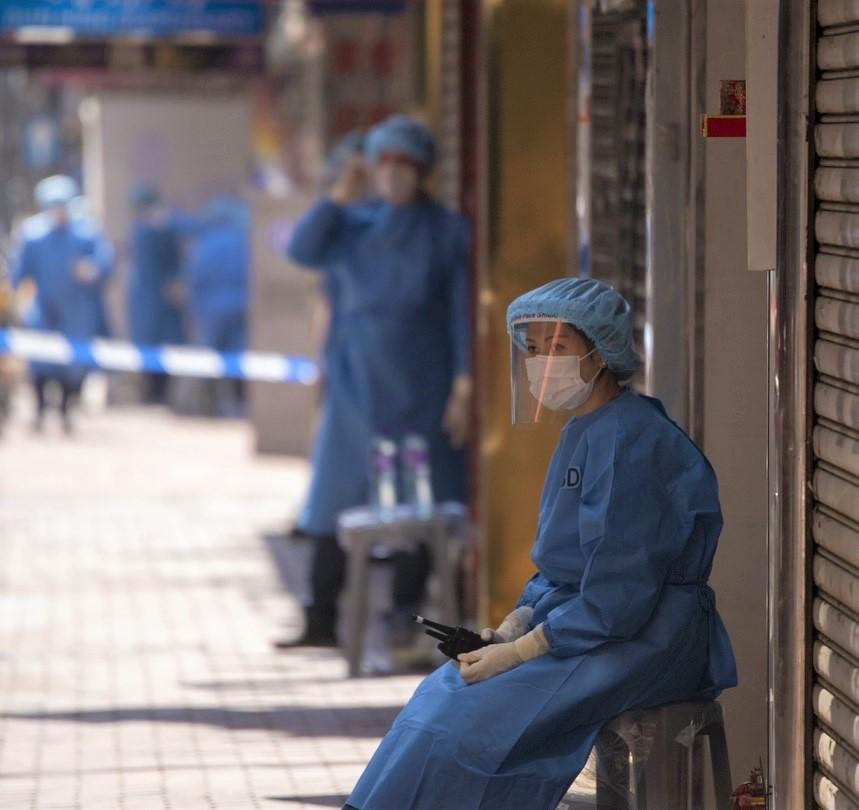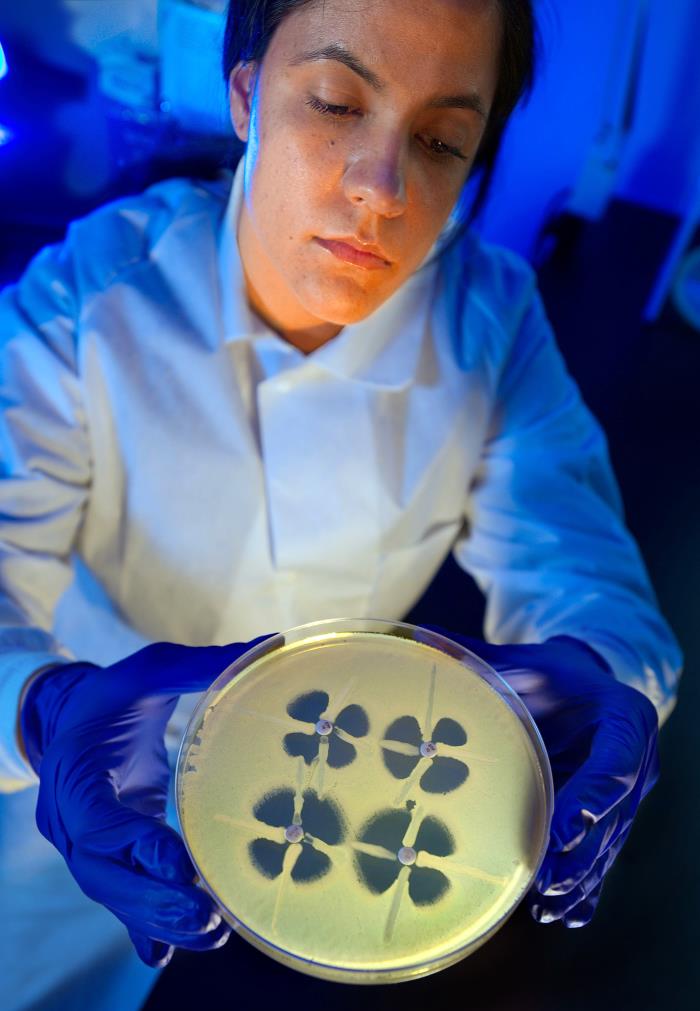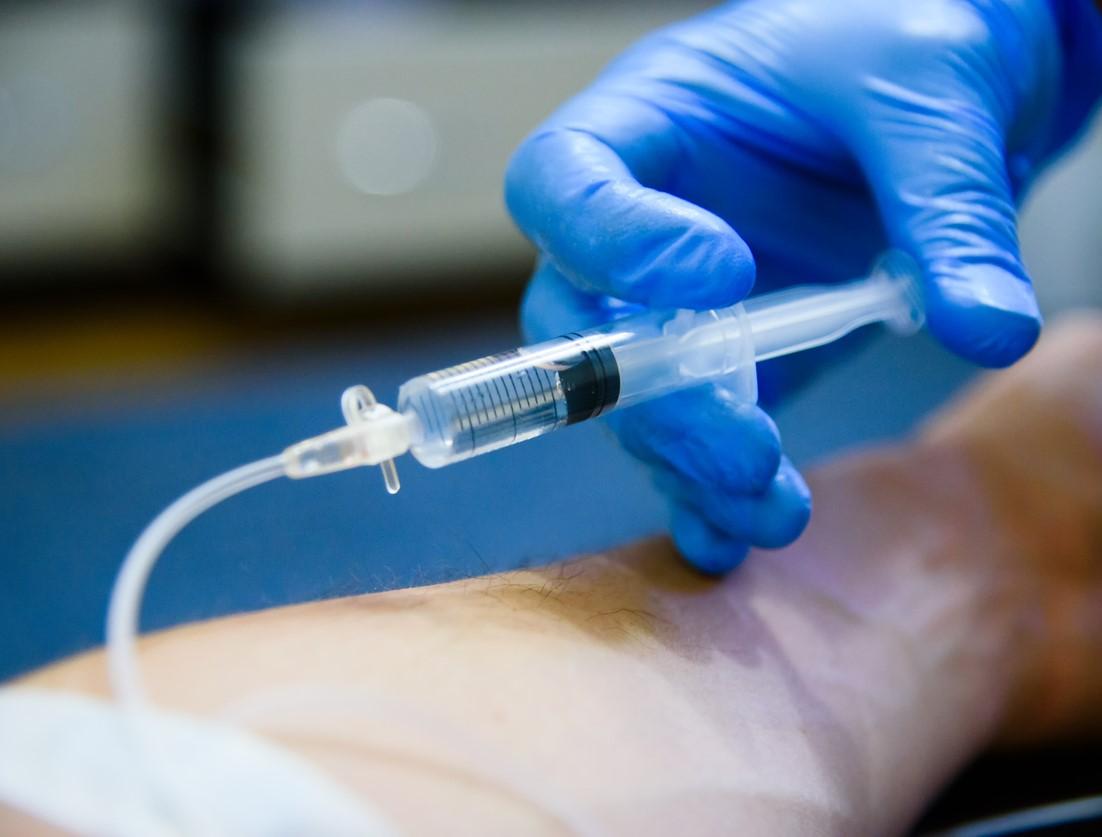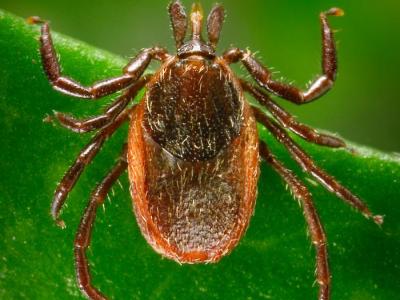
Hong Kong researchers estimate that 33.6% of the adult population had COVID-19 in 2022, 72.1% with no symptoms, according to an analysis published yesterday in Emerging Infectious Diseases.
Chinese University of Hong Kong investigators examined the seroprevalence of open reading frame 8 (ORF8) antigens against SARS-CoV-2 to estimate the number of people infected during a spike in Omicron BA.2 variant cases from March to June 2022. In late February 2022, the government mandated self-reporting of positive rapid antigen testing (RAT).
A total of 1,028 volunteers who reported no history of COVID-19 infection gave plasma samples for enzyme-linked immunosorbent assay (ELISA) with ORF8 protein as an antigen. The researchers estimated infections using a model based on rates of positive ELISAs relative to the number of patient-reported cases from the Hong Kong Department of Health.
The median participant age was 50 years, 63.9% were women, and all but one reported receiving more than two doses of COVID-19 vaccines.
'Not surprising' Omicron wave was uncontrollable
Of all participants, 2.5% had evidence of a previous COVID-19 infection. Among the total population, 16.2% were reported to have had COVID-19 by RAT (6.1%) or reverse transcription polymerase chain reaction (RT-PCR; 10.1%).
Public health agencies need to take into account the potential for substantial undercount of actual numbers of infections when considering the commitment of resources to prevent and control outbreaks.
Using estimates from their statistical model, the authors inferred that 33.6% (95% credible interval, 32.1% to 34.8%) of the 7.5 million Hong Kong residents (roughly 2.5 million) contracted COVID-19 from January to June 2022. They estimated that 41.8% of reported infections and 72.1% of total cases were asymptomatic.
"With such a large number of unrecognized cases circulating the virus in the community, it was not surprising that the Omicron outbreak was uncontrollable, even though stringent measures, such as contact tracing and quarantine for close contacts, continued to be in effect," the authors wrote. "Public health agencies need to take into account the potential for substantial undercount of actual numbers of infections when considering the commitment of resources to prevent and control outbreaks."
















